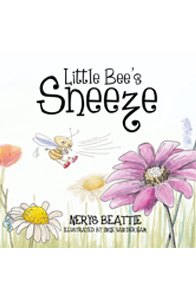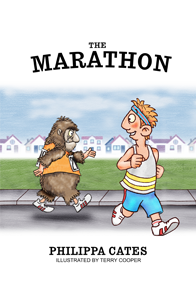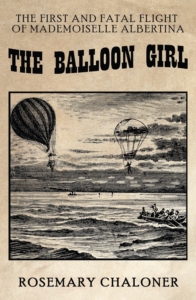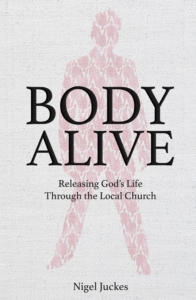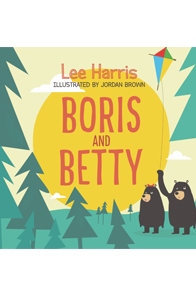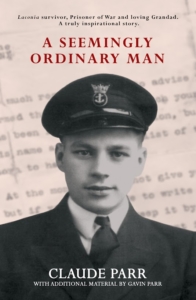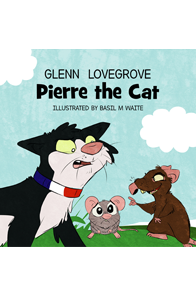 The aim of last week’s blog was to help new writers realise that we all possess a wealth of knowledge on how to produce writing which can be taken from our previous reading, social conditioning and our life experiences. These can prove valuable sources of inspiration and can be found anywhere, but it can be overwhelming to sit down and focus when faced with such a vast plethora of ideas, so how do we set about creating order from this chaos?
The aim of last week’s blog was to help new writers realise that we all possess a wealth of knowledge on how to produce writing which can be taken from our previous reading, social conditioning and our life experiences. These can prove valuable sources of inspiration and can be found anywhere, but it can be overwhelming to sit down and focus when faced with such a vast plethora of ideas, so how do we set about creating order from this chaos?
Maybe the first question to ask yourself is do you want to create order from chaos? Some may find it more beneficial to work on these ideas straight away — harnessing the motivation and creative juices while they are flowing. After all, a lot can be said for converting these ideas into chapters straight away, as it provides tangible evidence that your ideas can become a reality, resulting in further motivation to continue. By producing a few chapters following the nucleus of your idea it may be that you think more about the depth of your characters or aspects of the plot and how they may develop. Have you decided how your story or novel ends? Not a problem having the gung-ho approach and just jumping in without solid direction, you can decide that as you move forward and may find that when the time comes your characters will dictate to you how the story ends rather than the other way around. Your early drafts become a playground within which you can lose yourself for hours as you tinker with a solution that suits you — time lines can be adjusted or played with, drafts of chapters can be broken up to create suspense and so on and so forth.
So why would we want to stunt this creative flow? We don’t. In fact, what you’ll find consistent among all of these blogs is that the act of writing is a very individual thing and that each person may find their productivity following different methods; each to their own. Just for a moment though, I would like you to consider an alternative. A ‘write first’ approach may have some drawbacks, the first of which is in the production of a synopsis, which is the cornerstone of being able to promote your work to a publisher. We will go into detail on the production of a synopsis in future weeks but, for now anyway, the question is what would go in it? Adopting a ‘write first’ approach means that the writer would be less likely to concisely tell the publisher about the novel including the details they want to know about the full plot and the ending, so at some stage these things need to be considered. Furthermore, if a character develops in some way (think classic bildungsromans like Jane Eyre) then this could be pivotal in selling your story.
However, if we step away from the business side of writing we can still view a plan or writing structure as having practical merit. It can help the writer make crucial decisions about how the writing will be presented, such as journals alternating between characters, what narrative voice you wish to employ or maybe the locations that you want the action to take place in. Consistency can often be traced back to a plan as it may assist the writer in maintaining a focus on some of the fundamental issues contributing to the text such as dialects, socio-political events relevant to the time and location of the story, or simply what tense to present it in. A plan may also have further benefits in that they can capture fantastic ideas, the value of which may have been diluted if revisited some weeks later. Ever forgotten something? Revisiting a brief summary of each chapter would prevent this. Finally, motivation is key to all writers so the production of a plan can be linked to achieving writing targets whilst also helping to prevent having to ask yourself about where the story is going next or hitting the wall that is writer’s block.
The very essence of writing is creativity but, rather than stifle that, what I am suggesting is that a small investment of time in producing a writing plan may assist you in making authorial decisions at the beginning of the process as you’ll be able to see the bigger picture throughout. If it is a practice that you’re not familiar with, and even if it is, might I propose producing four sentences which capture the essence of your novel and then one sentence or three bullet points for each chapter thereafter. This is just a guide and you may decide to capture more information within your plan to assist you on your journey.
As always, share your ideas and thoughts in response to this and lets all support each other along the way. Happy writing!
A blog by Steve Marshall
—

